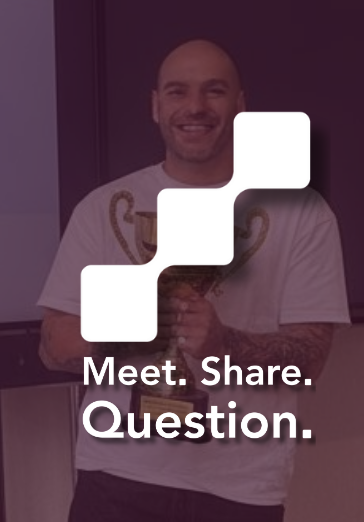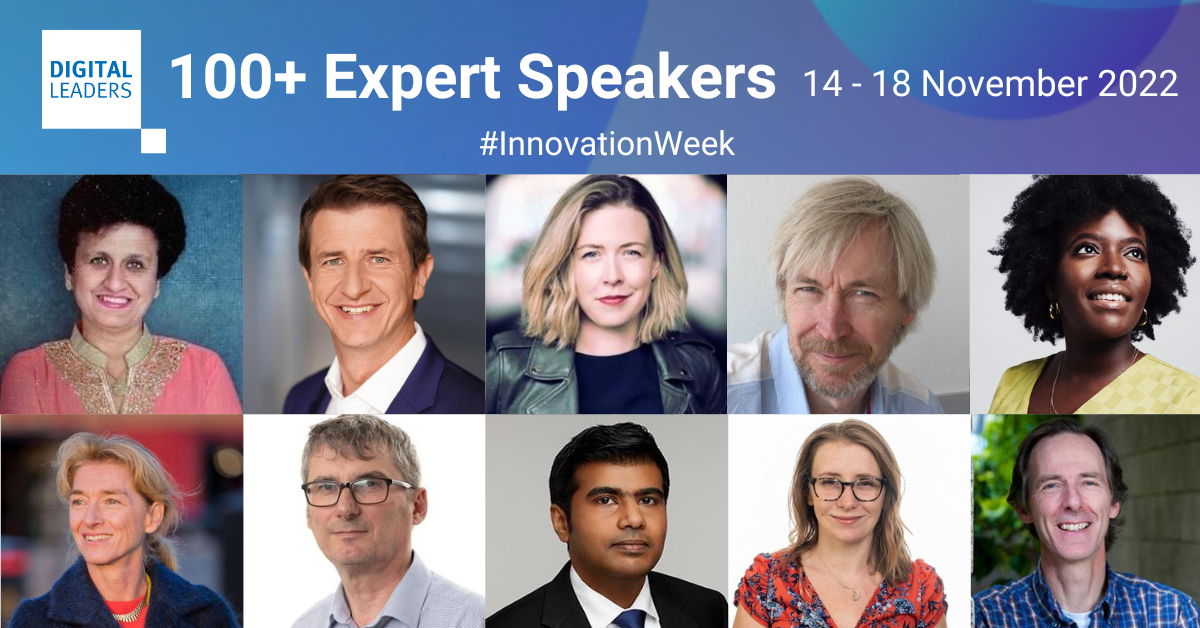Program increment (PI) planning plays a key role in the agile implementation of a digital strategy in a large organisation. But what does that mean in practice and how can you make sure your PI planning is effective?
Well run PI planning meetings do this by enhancing visibility and communication between teams in different parts of your business. In turn, this enables lean agile product development, characterised by teams of engineers, agile developers and product owners seamlessly working together to solve the challenges that inevitably emerge during a digital transformation.
Essentially, if you take away the technical jargon, PI planning brings humans together to do what humans are uniquely good at – having conversations, understanding each other’s challenges and finding a common cause.
In a business with numerous income streams and locations, it’s very easy to get consumed by your department’s problems if there’s no forum to connect with others. A PI planning meeting provides that forum, generating outcomes critical to successful agile development, such as:
A clear understanding of the inter-dependencies between teams and how the work of one impacts another.
Identification of the risks and challenges that may delay or disrupt implementation of a product or strategy, and ways to overcome them.
Teams of sub teams, known as agile release trains (ART), created to focus on specific tasks.
Defined commitments to achieve before the next meeting and a more flexible longer-term roadmap.
A centralised hub or board, where teams can share work and interact between meetings.
This clarity encourages wider confidence and support for your digital strategy. Building open channels of communication also empowers and enables engineers to respond to changes or issues in other teams as they happen, rather than waiting for a message from above.
VISION, LEADERSHIP AND DISCIPLINE – THE FOUNDATIONS OF A SUCCESSFUL PI PLANNING SESSION
Of course, you’ll only achieve these outcomes if PI planning meetings are run in a productive way. To justify a two-day event, involving hundreds of people, it needs to be time well spent. This often comes down to strong vision, great leadership skills and discipline.
Senior stakeholders should agree on what the meeting’s priorities are and make sure everybody is aligned on what the focus is, before the event. The work this will involve also needs to be advanced enough to be discussed at the meeting – if it isn’t clearly defined it will raise more questions than answers from the teams expected to deliver it.

Putting in place a strong demand management pipeline is really valuable. Attaching a status - for example a red, amber and green traffic light system - to all the topics going into a PI plan will make sure only those that are ready to be worked on go forward. That means bringing teams into the preparation process earlier, so that sections of work are clearly defined and ready to be implemented.
Mike Postle
Product Lead, MMT
Practical questions answered ahead of the session can make the whole difference, for example:
What times are best for teams joining from different countries?
How many breakout rooms will be needed, how will they be provided and what will be discussed in them?
And how will you collect feedback that’ll make the next meeting even more effective?

During the sessions themselves, leadership has critical role to play. Usually the two-day session starts with each product lead, or the engineering leads explaining their product vision. If they're delivering an app, or enhancing the website, what does success look like for them as leaders? This gives everyone an insight into the overall vision, linking their work to key business metrics.
Hana Yoo
Senior Project Manager, MMT
An experienced leader is able to efficiently move each session along, field questions and make sure everyone is focussed on relevant priorities. They may be supported by release train engineers who are available to dip into different teams and keep their planning on track.
Whoever is leading on the session, it’s about finding the right ratio of communicating a strong, inspiring vision and setting up an environment that supports discipline needed to proceed on the chosen route of action in months to come.
LEANING ON EXTERNAL EXPERTISE TO SAVE COSTS AND TIME
Working with a digital consultancy that has a strong track record running PI planning meetings, such as MMT, is one way to get the most from them. They understand the key elements of successful PI planning, so businesses spend less time navigating pitfalls and more on the work that really matters.
There are a number of points in the process that external expertise can enhance, from supporting senior leaders to define their vision and communicate it across a business, to facilitating every aspect of the meeting. Their experience also enables them to refine PI planning, using feedback from previous meetings to ensure the next is more effective, and adapting the SAFe playbook as the business, and the PI meeting, grows.
Mike explains: “As the organisation changes, you adopt, inspect and adapt agile principles to make sure they are still effective. You have to deal with the shifting landscape of the client and how that changes through the planning process.”
PUTTING PI PLANNING INTO ACTION – BOOTS UK
Unlocking the full value of PI planning was one of the key successes in our partnership with Boots. The company brought us onboard to provide digital transformation and agile consultancy as well as hands-on coaching to its engineering teams.
Our goal was to support the company deliver multiple digital products to market faster, with lean agile best practices at the core of every project.
For a business as diverse and complex as Boots, with a number of revenue streams, effective PI planning is critical. At the first meeting we immediately spotted issues that were holding its adoption of SAFe back, particularly around demand management processes. From there we were able to quickly improve ways of working across the engineering team.
As the project developed, PI meetings became an important touchstone on the way to embedding agile development in the business. They enabled us to keep the key objectives on track by ensuring multiple teams and suppliers were aligning to a single delivery framework, and to highlight issues that often go unseen but cause delays. For example, in this case, we were able to successful rectify the time lost to VPN connectivity issues.

MMT have provided value to Boots from the moment we engaged them. Their specialist knowledge and experience running complex agile operating models at scale has been immensely beneficial. This is a partnership that really maximises the value within our digital portfolio.
Steve Westgarth
Head of Engineering, Haleon
Boots is now enjoying the full benefits of agile development and has become a digital thought leader in the sector. But their journey shows that it takes work, structure and knowledge to reap the lasting results.
To build the high performance, cross-functional teams that drive efficient and effective agile development, requires tasks, goals and people to be aligned. That starts with PI planning.
If you want to get more from your PI planning meetings, get in touch for a chat about how we can help.









